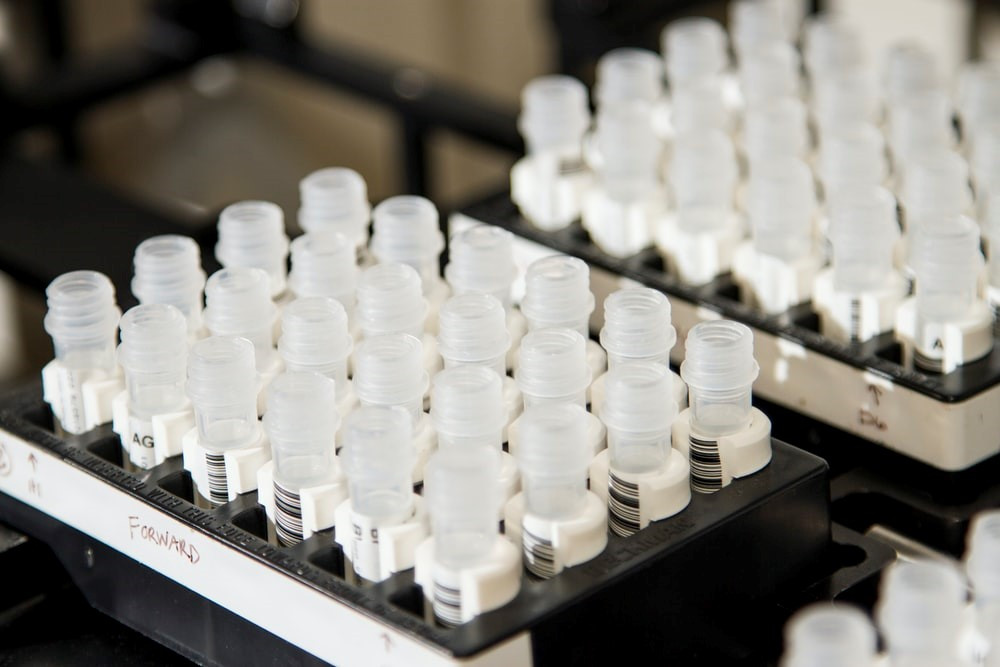
What is whole genome sequencing and how can it help rare disease research?

A recent paper published in the New England Journal of Medicine reveals that the group of techniques known as whole genome sequencing (WGS) can be of great help on rare disease diagnosis. Through this pilot study, researchers from Genomics England, Queen Mary University of London and the National Institute for Health Research (NIHR) have analysed the genes of 4,660 people from more than 2,100 families, which led to a new diagnosis for 25% of the participants. They also proved that 14% of these mutations would not have been detected using traditional methods, as they were located on mitochondrial DNA or non-coding sequences. The investigation also enabled the discovery of 3 new diseases and nearly 20 new pathogenic variants (gene mutations that cause a disease).
But, what do WGS techniques actually do and why are they so useful for diagnosis? Whole genome sequencing is a process that determines the order of all the nitrogenous bases, Adenine (A), Timine (T), Guanine (G) and Citosine (C), in our genome. For those of you who are not familiar with genetics, you must know that our DNA is formed by large chains of nucleotides containing these bases, and it is their position that defines what we are: genes are specific sequences of nucleotides which encode the synthesis of proteins, and any change or mutation on these sequences can lead to a genetic condition or disease. But our genome also holds DNA sequences that do not code for a protein. They may regulate protein production or have structural functions, and mutations on these sequences can also cause an impairment on protein production. Thus, WGS can discover mutations on the whole genome, unlike exome sequencing (WES), which only analyses the protein-coding sequences of the genome.
These techniques may be more expensive but the expense is worth it. The study proved that the use of WGS techniques saves the National Health System a lot of resources and spares patients and families a long journey full of medical appointments that fail to solve the actual problem. In a word, the use of WGS greatly improves the quality of life of people with rare diseases.
This is the first time that a study analyses the impact of WGS for such a broad range of rare diseases within a national healthcare system. Researchers affirm that the obtained data strongly supports the implementation of WGS in health systems worldwide to speed up the diagnosis of rare diseases. Let’s hope that policy makers take this advice!
